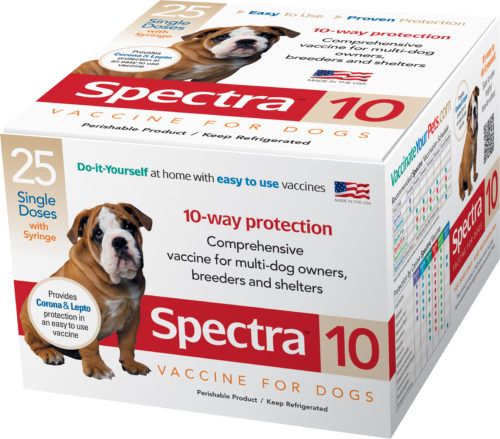
Infected nymphs feeding on mice or larger mammals such as deer, dogs, or humans and adult ticks, whose higher rate of infectivity may be due to their longevity and repeated exposure to infected mammals and birds, are considered the most likely source of infection for dogs and humans. Females die after laying their eggs, whereby the two-year cycle begins again. In the fall, nymphs molt into adults, which usually feed on larger mammals (often the white-tailed deer), on whose bodies they mate. Larvae then over-winter, and in the following spring molt into nymphs, which then feed in late spring or early summer. Larvae feed once in the summer, usually on birds and small mammals, at which stage they are most likely to become infected with the Borrelia burgdorferi bacteria.

Eggs are oviposited in the spring, and larvae emerge approximately one month later. 6 7 Blacklegged Tick Life Cycleīlacklegged ticks, commonly called “deer ticks”, have a two-year life cycle. neotamae is the dusky-footed woodrat ( Neotoma fuscipes). pacificus are known to feed on dogs and humans, 4 the primary host for I. 4 5 In the United States, three closely-related species of ticks of the genus Ixodes are associated with the disease: Ixodes scapularis in the northeastern, midwestern, and southern states and I. The primary vector for Lyme disease is the blacklegged tick.



 0 kommentar(er)
0 kommentar(er)
